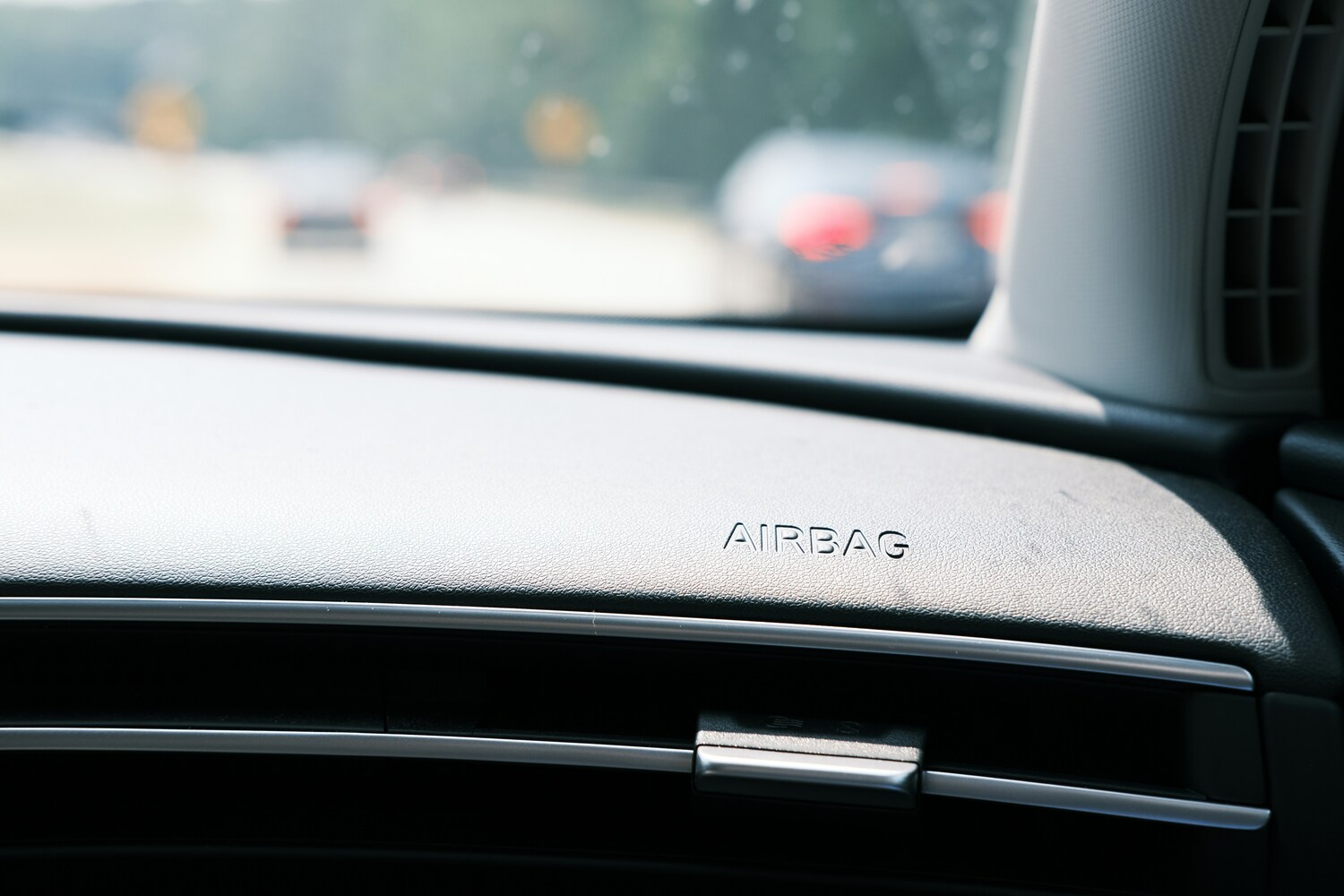
Safety sells. It’s why cars come with backup cameras, homes come with smoke detectors, and power tools come with built-in shutoffs. We trust these features to protect us, guide us, and sometimes save our lives. But what if they don’t?
Many so-called safety features offer more reassurance than actual protection. Worse, they can give people a dangerous false sense of security, leading to riskier behavior and a higher chance of injury or disaster. Whether due to poor design, misuse, or simple overconfidence, these six safety features often fail when you need them most.
Let’s take a closer look at which ones fall short and what to do instead.
6 Safety Features You Think Work But Don’t
1. Smoke Detectors That Aren’t Maintained
Smoke detectors are essential for any home, but most people forget the second half of the safety equation: maintenance. Just installing a smoke detector isn’t enough. It needs to be functional, tested regularly, and have fresh batteries.
The problem? Studies show that many house fires occur in homes that have smoke alarms, but the alarms didn’t go off. Dead batteries, old sensors, and incorrect placement (like in the kitchen, where false alarms lead people to disable them) all contribute to failure. A smoke detector gives you peace of mind, but only if it’s checked monthly, replaced every 10 years, and installed in all key areas, not just the hallway.
2. Backup Cameras That Don’t Replace Awareness
Modern cars are equipped with rear-view cameras, promising easier and safer reversing. But these gadgets are often misused. Drivers begin to rely solely on the camera instead of using mirrors, turning around, or even checking blind spots.
The field of vision is limited, and poor lighting or dirty lenses can render the feed useless. Even worse, objects like small children or pets may be out of frame entirely. If you’re backing up, assuming the camera will catch everything, you’re not driving safely. You’re driving blind. Backup cameras are helpful tools, not foolproof replacements for attentiveness.
3. Home Security Systems Without Response Plans
Installing a home security system seems like the ultimate protection. But a surprising number of homeowners don’t know how their systems actually work or what happens when an alarm is triggered.
Many systems are unmonitored, meaning they only make noise but don’t alert authorities. Others rely on Wi-Fi, which can be disabled or interrupted. And if you haven’t trained your household on how to use the system properly—or change the default codes—you might as well hang a “Welcome” sign on the door.
Security systems are only as effective as the human behavior behind them. A great alarm won’t help if no one responds to it, or knows what to do when it goes off.

4. Overconfidence in Airbags
Airbags save lives. But they were never meant to be your primary defense in a crash. That role belongs to seatbelts, which are far more effective at preventing serious injury. Unfortunately, many drivers falsely believe that airbags will protect them in any situation, even when they aren’t wearing a seatbelt.
Worse, airbags can become deadly when misused. Sitting too close to the wheel, placing feet on the dashboard, or allowing small children in the front seat can all result in catastrophic injuries when an airbag deploys. Think of airbags as your last line of defense, not your first. They work best when the rest of your safety habits are already in place.
5. Outlet Covers That Aren’t Childproof
Parents often use plug-in outlet covers to protect young kids from electrical shock. But many of those cheap plastic covers pop right off, or worse, attract curious toddlers who find them fun to remove.
In fact, some child safety experts warn that these covers may do more harm than good, especially if they create a false belief that outlets are secure. Older children, in particular, can remove and replace them with ease.
A better alternative? Install tamper-resistant outlets. These are built into the wall and automatically block foreign objects unless both prongs of a plug are inserted simultaneously—no removable pieces, no risk of a child getting shocked.
6. Hands-Free Devices While Driving
Hands-free technology was supposed to solve the problem of distracted driving. And while it eliminates the need to hold your phone, it doesn’t eliminate distraction. In fact, research shows that cognitive distraction—your mind being focused on the conversation instead of the road—is just as dangerous.
Talking to someone on a hands-free device can delay reaction time and reduce situational awareness as much as drunk driving. Just because your hands are on the wheel doesn’t mean your head is in the game. The safest call behind the wheel is the one you don’t take at all.
Safety Isn’t a Setting, It’s a Habit
We all want to believe that safety features will protect us in a moment of crisis. And many of them do, when they work properly and are used the way they were intended. But the danger comes from treating these features as guarantees, rather than tools.
True safety doesn’t come from devices. It comes from decisions. Regular maintenance. Constant awareness. Asking the hard question: Am I trusting this feature too much? The next time you rely on something to keep you safe, remember this: protection isn’t passive. It’s something you have to participate in.
Have you ever had a safety feature fail when you needed it most? Or realized you were relying too much on one?
Read More:
13 Safety Recalls You Should Never Ignore
10 Driving Habits Considered Safe That Are Actually Dangerous







